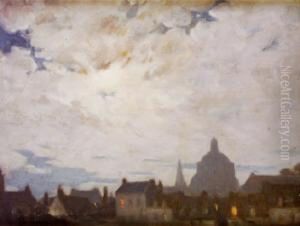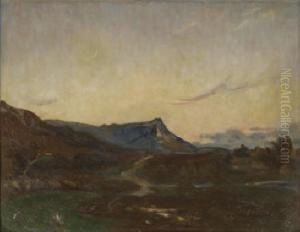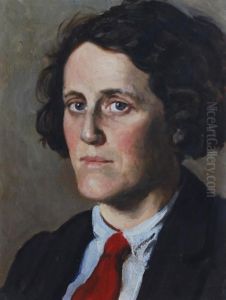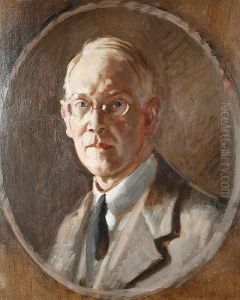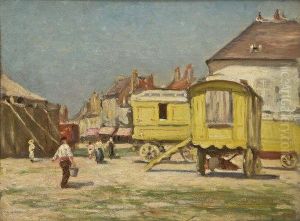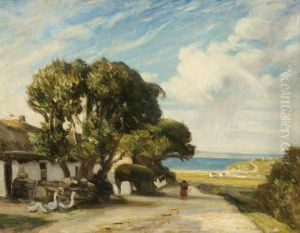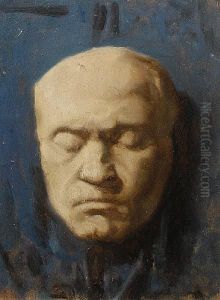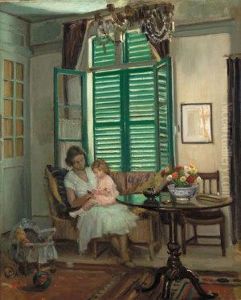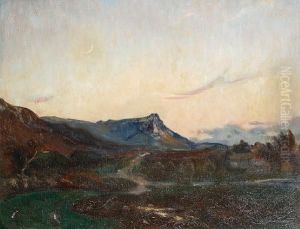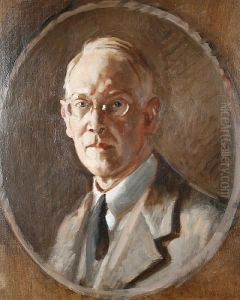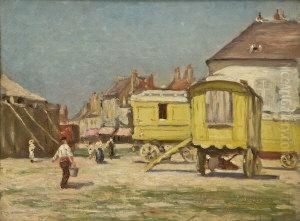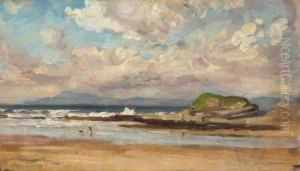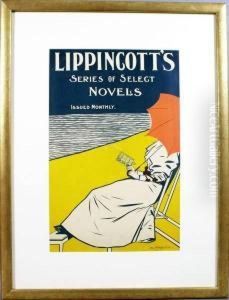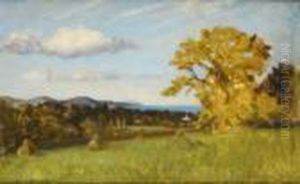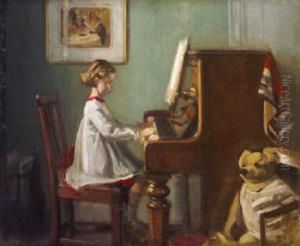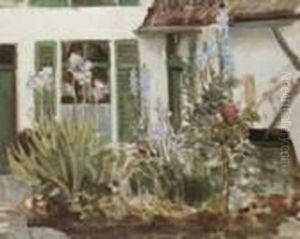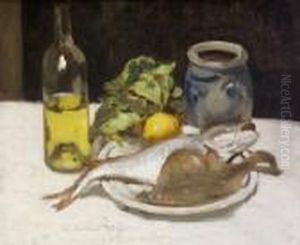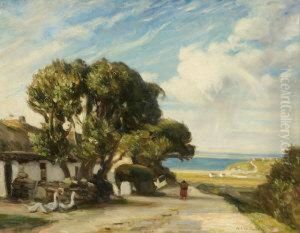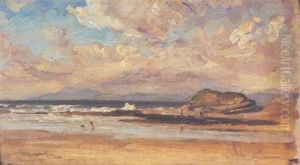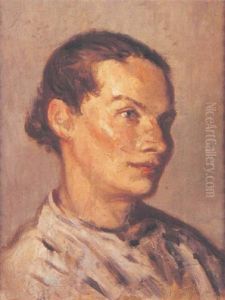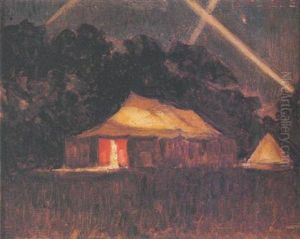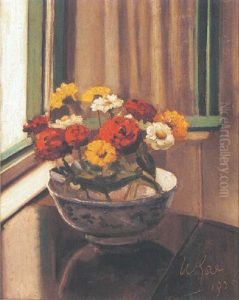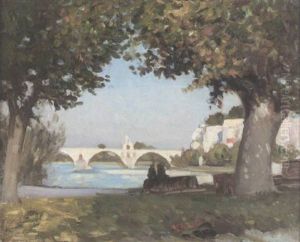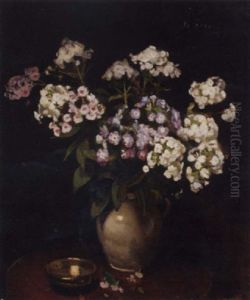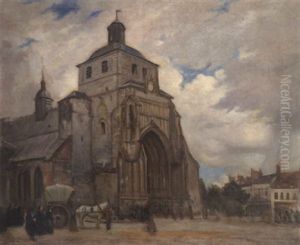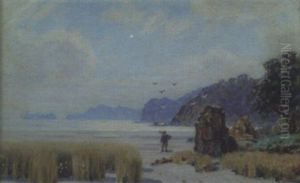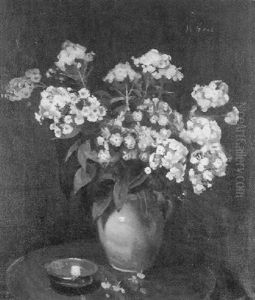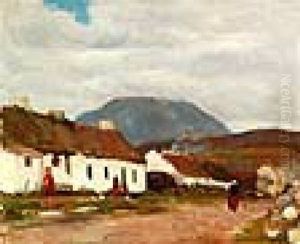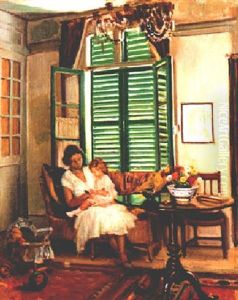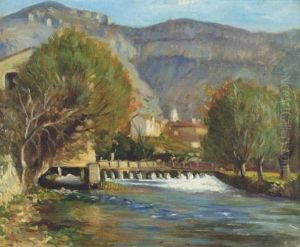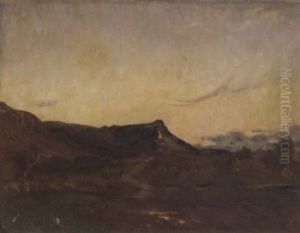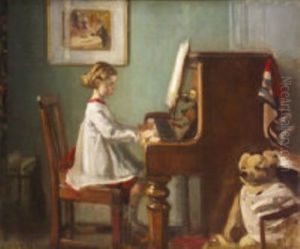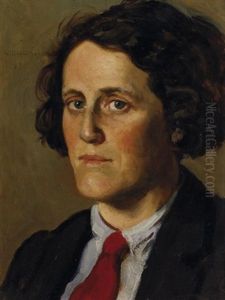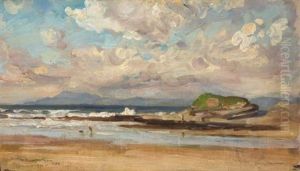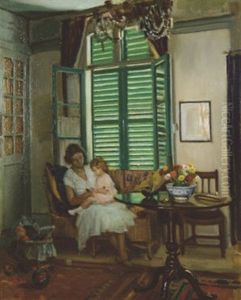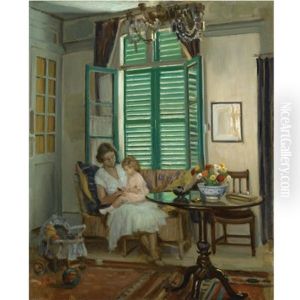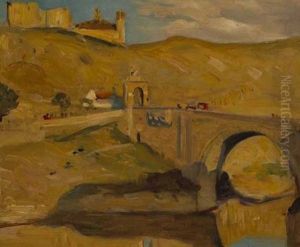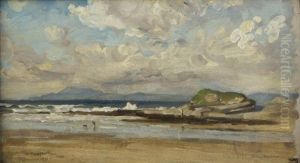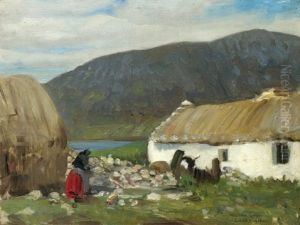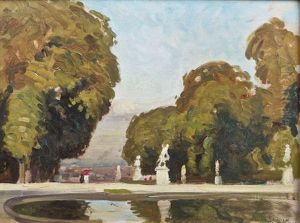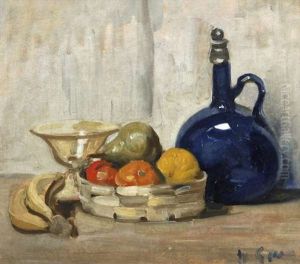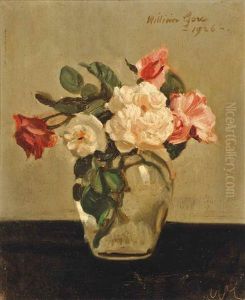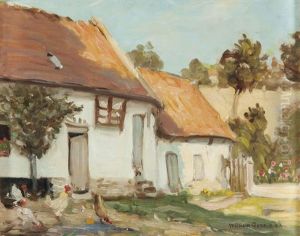William Crampton Gore Paintings
William Crampton Gore was an English painter whose work spanned from the end of the 19th century into the first half of the 20th century. He was born in 1871 in Camberwell, a district of London. Gore was known for his landscapes, still lifes, and interior scenes. His style was influenced by the Impressionist movement, and he was particularly adept at capturing the effects of light and shade in his work.
Gore studied at the Slade School of Fine Art in London, where he was exposed to the teachings of Henry Tonks and Frederick Brown. These experiences played a significant role in shaping his artistic style and approach. After completing his studies, Gore traveled extensively in Europe, particularly in France and Italy, where he was further influenced by the European art scene of the time.
During his lifetime, Gore exhibited frequently and was associated with several art societies, including the Fitzroy Street Group, which was a precursor to the Camden Town Group. This association placed him in the company of prominent artists such as Walter Sickert and Augustus John, who were also exploring new directions in British art.
Gore's work was well-received, and he gained a reputation for his sensitive handling of color and form. His paintings often depicted scenes from his travels as well as the English countryside. Despite being somewhat overshadowed by his more famous contemporaries, Gore's contributions to the art world were significant, and his paintings are now held in various public and private collections.
William Crampton Gore passed away in 1946. His artistic legacy lives on, offering a glimpse into the transitional period of British art as it moved from the Victorian era into the modern age.
